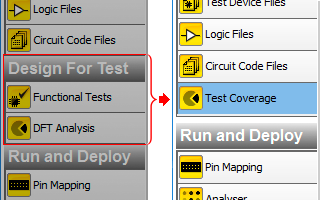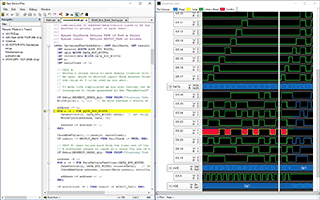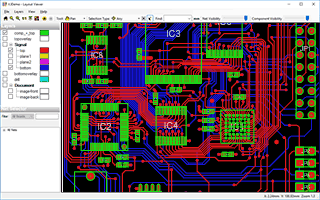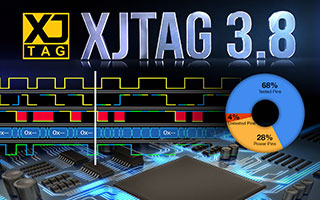Welcome to the XJTAG support blog
This is your go-to space for tips, insights, and updates straight from the XJTAG development and support team. We’re here to help you get the most out of your XJTAG system by sharing our knowledge, experience, and best practices. You’ll find posts highlighting particular features of the different software packages that make up the XJTAG development system or aspects of the XJEase language.
Have a topic you’d like us to cover or a question you want answered? Let us know!
For product updates check out the Updates Hub.
Test Coverage In XJDeveloper 3.8
With the release of XJDeveloper 3.8 the former DFT Analysis screen has been renamed to Test Coverage and merged with the Functional Test screen. The Functional Tests page is now accessed through the new Functional Tests tab at the top of the screen. The chart view has also moved to a separate tab, but all tabs can be rearranged and [...]
XJEase Waveform Viewer in XJDeveloper
From XJTAG version 3.8, the XJEase debugger in XJDeveloper now comes with a Waveform View providing more information about the XJEase code being executed. The XJEase Waveform View is designed to show you what your tests actually did in a style similar to that of a logic analyser, however instead of the bottom axis representing time, it shows the number [...]
New Layout Viewer
XJTAG 3.8 includes a new Layout Viewer. With similar functionality to the previous layout viewer, the new viewer contains a number of improvements. […]
XJTAG version 3.8
A new major version of XJTAG – version 3.8 – is now available from our website for users who are in maintenance. […]
Using the Analyser screen to debug initialisation issues
The blog article ‘Debugging Connection Test – part 1 (Updated)’ discusses how to use ‘Debug Connection Test’ to identify a missing disable value. However, if a disable value is set to the wrong value, i.e. low rather than high, then it could prevent the Debug Connection Test from running at all. In this case, XJDeveloper’s Analyser screen can be used [...]
Test Summary Report
In XJTAG 3.7, XJDeveloper can now generate a new style of DFT report. The Test Summary Report can be found via the DFT Reports menu item within the Tools menu, or in the Reports menu on the DFT Analysis screen (as are the other DFT reports) and contains up to four sections: […]




